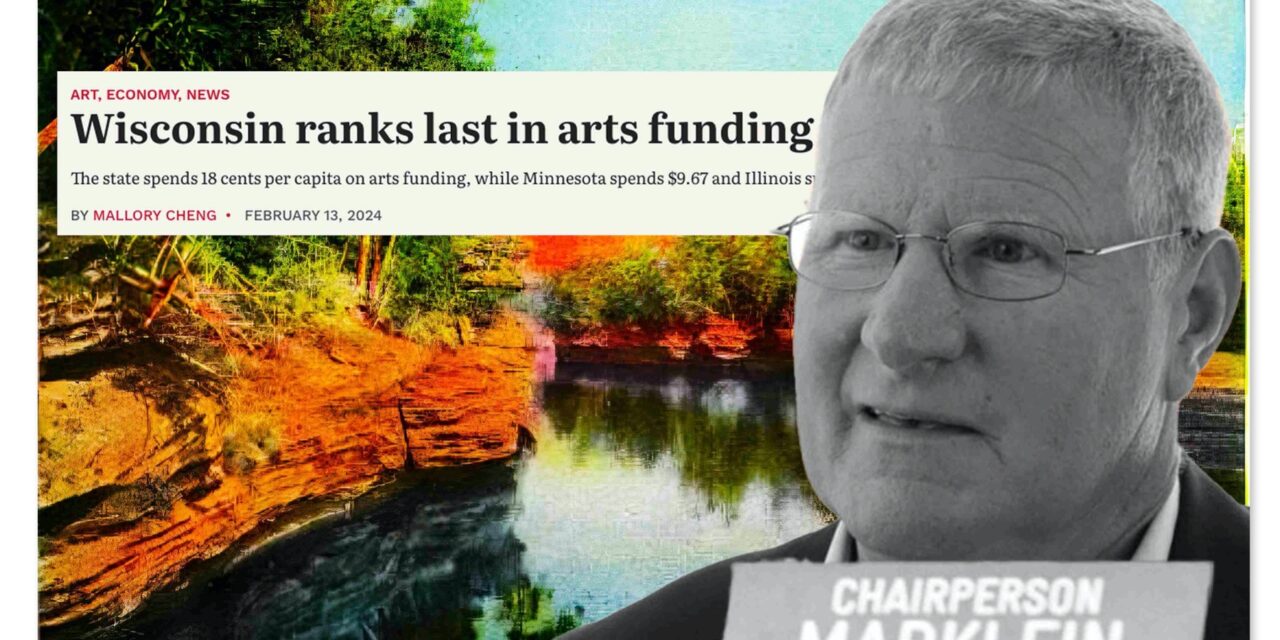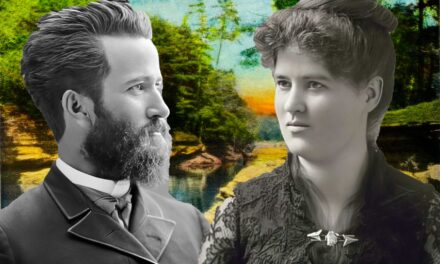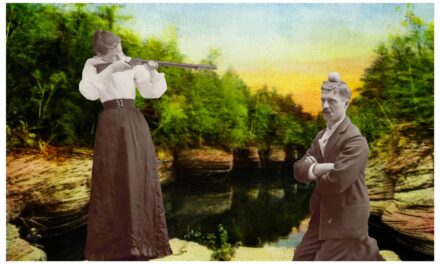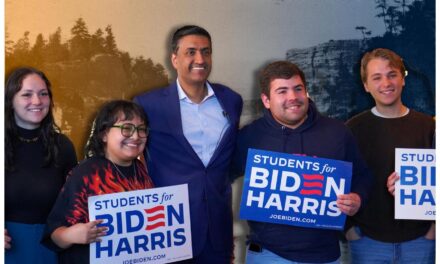In small town West Bend, Wisconsin, the Museum of Wisconsin Art generates approximately $3 million annually from arts tourism and related spending. However, museum executive Laurie Winters says securing local support has been an “uphill battle” to get leaders to see the economic and cultural value of the arts.
This struggle plays out in communities across rural Wisconsin, which ranks a dismal 50th among U.S. states in per capita public arts funding at just 18 cents, compared to $9.67 in Minnesota and $5.11 in Illinois. Yet data shows the transformative potential of the arts, if properly funded.
Lack of Arts Funding Hits Rural Communities Hard
Arts and cultural organizations are formidable economic engines, but Wisconsin is largely missing out due to anemic public funding. Nationally, the nonprofit arts industry generates $166.3 billion in economic activity annually, supporting 4.6 million jobs and $96.1 billion in resident household income.
In Wisconsin specifically, the arts drive $656.9 million in economic activity each year and support 26,695 jobs that pay $555.5 million in household earnings, according to data from Americans for the Arts. Arts attendees alone spend $279.9 million, generating crucial revenue for local businesses like restaurants and hotels.
This impact is felt statewide, from larger communities like Dane County ($249.9 million in arts spending, supporting 9,154 jobs), to smaller areas like Door County ($24.7 million, 632 jobs) and La Crosse ($32.7 million, 1,132 jobs).
However, Wisconsin’s continued under funding of the arts hamstrings this economic potential, especially in rural areas eager for investment and development. If the US had maintained the funding growth trajectory for the National Endowment for the Arts from 1966-1992, it could have received $1.37 billion cumulatively through 2025, based on past proportions.
That level of public arts funding could have had sweeping impacts on rural economies:
- Supporting around 1,473 jobs annually across arts and related sectors like hospitality and retail
- Generating around $49.94 million per year in additional household income
- Contributing approximately $5.41 million annually to state and local tax revenues
These figures represent not just money, but the ability to build community wealth, catalyze small-town revitalization and foster cultural vibrancy – transformative for rural areas hungering for investment.
Yet funding roadblocks remain, as evidenced by the swift rejection of a coalition’s proposal to create a $100 million statewide arts endowment. While an unusual pairing of arts advocates and the lobbying firm founded by Reince Priebus led the charge, their effort reinforced that even traditionally conservative voices recognize the arts’ economic power.
From Appalachia to the Upper Peninsula, studies show the ability of robust local arts programming to increase civic engagement, community connectedness and social wellbeing. In Western Australia, over 90% of rural residents involved in a regional dance program reported increased community belonging.
The state’s continued positioning at the bottom in arts funding represents a missed opportunity to equitably distribute economic benefits and quality-of-life improvements across Wisconsin communities. A recent example highlighting the funding challenges is the decision by the Legislature’s Republican-led Joint Finance Committee, co-chaired by Sen. Howard Marklein, to swiftly reject Gov. Tony Evers’ proposal for a $100 million endowment for arts and cultural organizations.
The 2018 race for Marklein’s senate seat was one of the most expensive legislative races in Wisconsin history. Marklein raised over $900,000, setting a new fundraising record for a state legislative candidate in a general election. His donors included many businesses, corporations and special interest groups like Americans for Prosperity funded by the Koch brothers.
In a memo just days after the committee’s statewide listening sessions, Marklein outlined that the endowment proposal was one of 545 items from Evers’ budget to be removed by the committee. This dashed hopes from the statewide “Creative Economy Coalition” of 134 arts groups that had lobbied for the funding as a “generational opportunity” to bring Wisconsin’s abysmal arts funding in line with other states.
The proposal’s rejection underscored the continued uphill battle facing arts advocates like Laurie Winters in West Bend. Despite making economic arguments and forming strategic partnerships like enlisting the lobbying firm founded by Reince Priebus, a contingent of GOP legislators led by budget writers like Marklein remain unmoved on empowering the arts through public funding.
As Wisconsin grapples with revitalizing its smaller towns and villages, the arts can be a crucial catalyst – if leaders like Marklein recognize their value through funding commitments rather than budget cuts. Rural communities like West Bend demonstrate the hunger for investment and the transformative impacts possible through creative placemaking and cultural economic development.
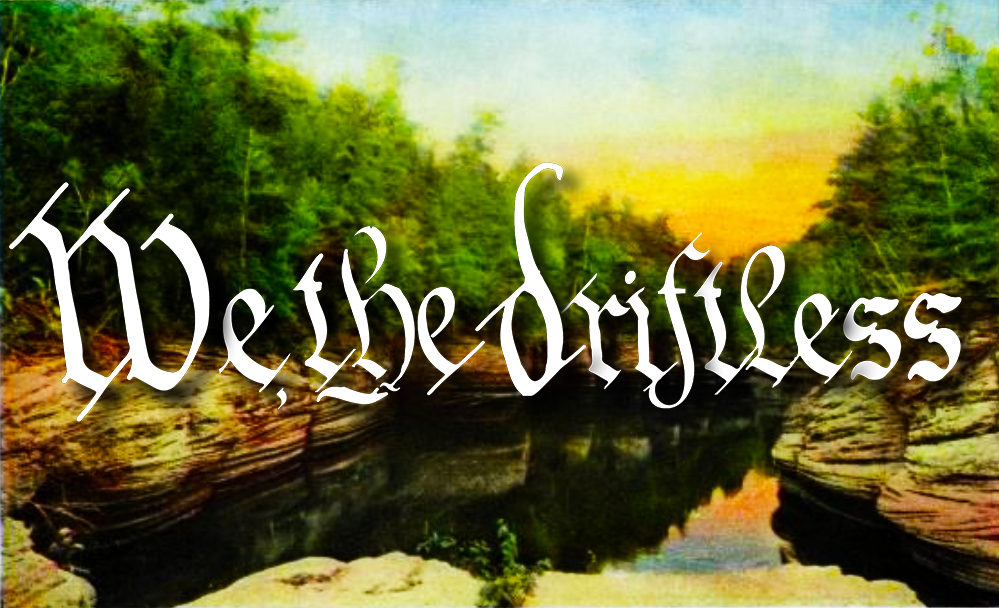
SOURCES
- Anwar-McHenry, J., Carmichael, A., & McHenry, J. (2017). The impact of a community dance program in remote Western Australia. Consensus. Link to the source.
- Mahon, M., & Hyyryläinen, T. (2019). Arts festivals as contributors to rural development. Consensus. Link to the source.
- McHenry, J. (2011). The empowerment of arts: The role of arts in civic participation. Consensus. Link to the source.
- Wisconsin Public Radio, “Wisconsin ranks last in arts funding,” by Mallory Cheng. WPR Article.
- National Endowment for the Arts, “Statement by the National Endowment for the Arts on the President’s Fiscal Year 2025 Budget.” NEA Statement.
- Americans for the Arts. (2019). Government Funding to Arts Agencies: Federal, State, and Local from 1999-2019; NEA Appropriations History Fiscal Years 1966 to 2019; Contribution to U.S. GDP by Arts and Culture Industries; Percentage Contributed to U.S. GDP by Selected Sector: 2015; Percent Contribution of Arts and Cultural Production to Total GSP, 2015; Arts and Cultural Production Imports and Exports 1998-2015. Americans for the Arts Research.

